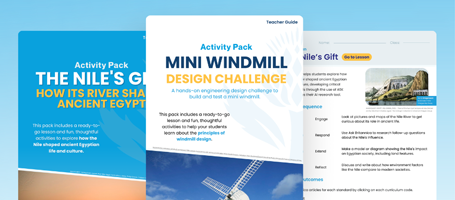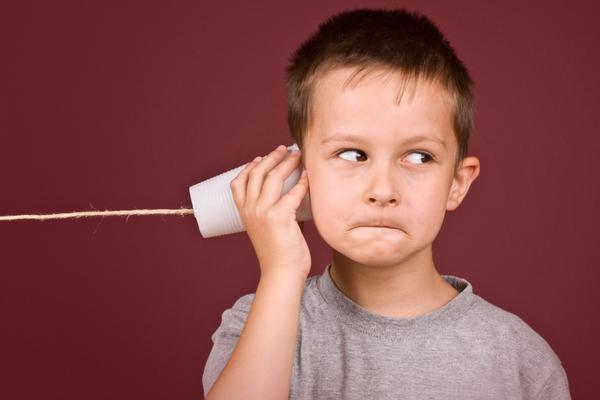Five ways you can teach your students how to communicate effectively and prepare them for life after school.
Communication is one of the most important skills students can learn during the 21st Century. No matter what career path your students choose, they will need the skills to communicate effectively every day. So what is the best way to teach your students communication skills?
When teaching communication, it is essential that you cover the following areas:
- Listening Skills
- Verbal Communication
- Non-Verbal Communication
- Written Communication
- Social Media
Listening Skills
Listening is an essential skill for students to learn to interact positively in our globally connected world. A great way to develop listening skills is by using the fictional advice column Addy’s Advice: Everyone knows how to solve other people’s problems.
Use the “Addy’s Advice” introduction materials included in the Support Materials to introduce the activity.
Once students are comfortable with the activity you can try either of the following:
- Provide students with another advice-seeking column, all students receive the same column. Students are given 10 minutes to come up with their advice. Then come together as a class to discuss the advice each person has to offer. Students can also discuss advice in smaller groups to save time.
- Provide students (in pairs) with another advice-seeking column, this time all pairs receive a different column. Pairs are given 10 minutes to come up with their advice. Then come together as a class, each pair reads their advice column and shares their advice, as a class discuss the advice each pair has to offer.
Verbal Communication
Verbal communication is more than just the words that are said, it also involves signals, tone, stress and voice inflection.
Place students into small groups of 2-3. Each group is given a stack of newspaper and a roll of masking tape. Instruct each group to create a dog out of the newspaper and tape but they only have five minutes. At the conclusion of the task have the groups discuss and respond to the questions included in the Verbal Communications worksheet.
Non-Verbal Communication
Non-verbal communication can transfer much more meaning than verbal communication because it uses hand and body gestures, facial expressions, body postures, eye contact and personal space.
Have students view several different video clips. Complete the Non-Verbal Communication worksheets identifying the different types of non verbal communication used in each video and what that communication was expressing.
Written Communication
a.) Students brainstorm as many different types of written communication as possible. Record ideas on the Written Communication worksheet. Discuss and record ideas about how people communicated using writing 50, 100 or 500 years ago.
b.) Compare the answers above to how we communicate today? What impact have education and new technologies had on written methods of communication? Examine the different pieces of writing and identify:
- Who wrote it? (Who was the author?)
- Who did they write it for? (Who were the intended audience?)
- Why did they write it? (What was their purpose?)
- What does it say, and how? (What is its message, and how is that message expressed?)
Social Media
a.) Discuss the term Internet and create a class definition. Have students brainstorm how and why they use the Internet and record their ideas in the Social Media worksheet. Students should share their ideas as a class.
b.) Read the Britannica article on “Internet” and watch the video “A Packet’s Tale” to learn more about the Internet. Use the information you have gathered to create a mind map.
c.) Explore how we use the Internet and online platforms to communicate. Students need to revisit the list created earlier and identify key platforms they use and then complete the Online Communication table.
d.) Using the previous activity, create a list of online rules and behaviours that keep students safe while communicating online.
These activities and resources have been created using content from Britannica School, the go-to site for safe, comprehensive student research. Contact your librarian to find out if your institution already has access. Find out more about Britannica School or set up your own free trial.
More Educator Resources
Sign up with your email for more free resources from Britannica.

 By
By 